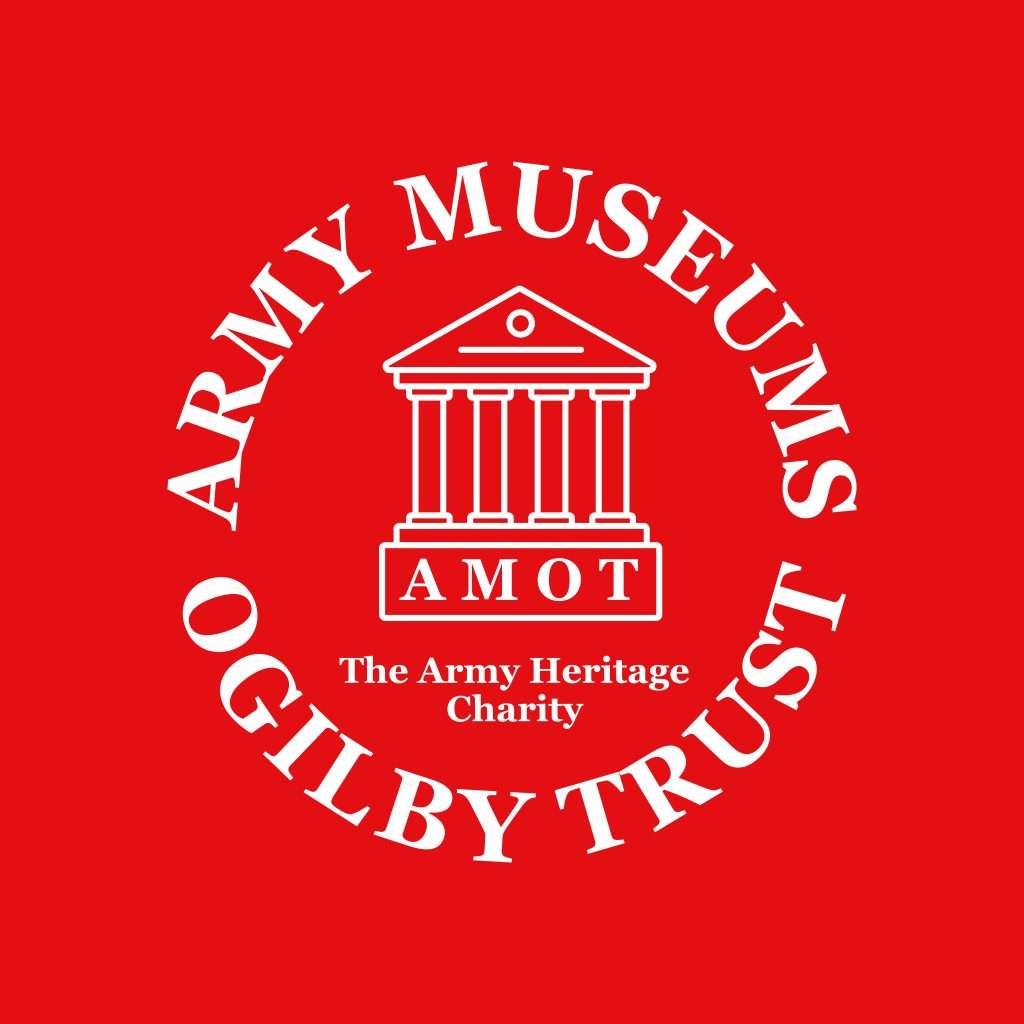
This step-by-step guide provides a practical framework for researching family military history, combining official records, museum resources, and expert tips to help uncover service details and contextual information.
Having as much of this as possible speeds up searches.
Top tip: explain any urgent reason (legal / medical / probate) when applying as requests can sometimes be prioritised.